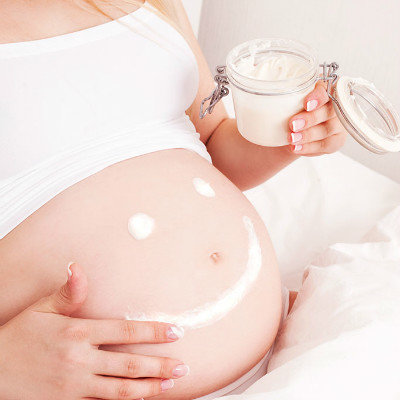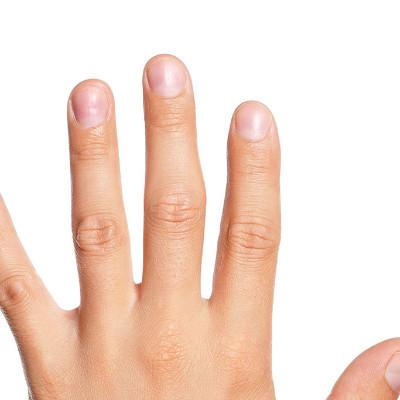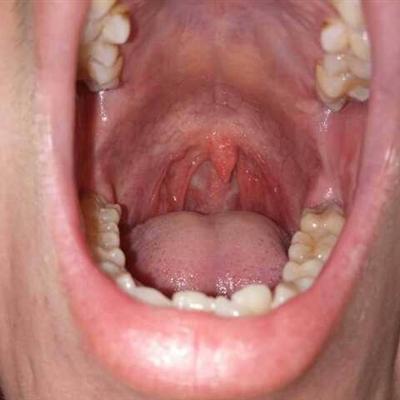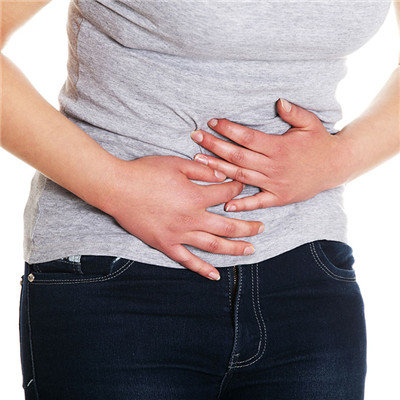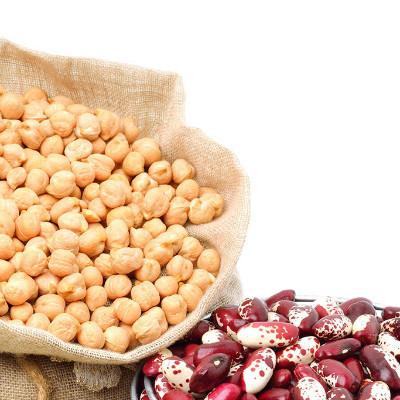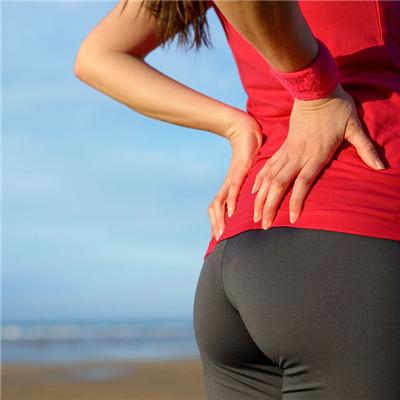Diet after intussusception
summary
Intussusception is one of the most common acute abdomen in children, which is more common in infants of 4-10 months old. The incidence rate gradually decreases with age. The vast majority of intussusception is primary, and only 2% - 8% of intussusception is secondary. Because of the loss of normal rhythm of intestinal peristalsis, persistent local spasm occurred in the intestinal ring muscle, and the proximal part of the intestine moved violently. Then the spasmodic segment was pushed into the distal intestinal cavity. Now let's take a look at the diet after intussusception?
Diet after intussusception
First of all, eat more plant food containing more cellulose and less animal food. Food processing or cooking should be more elaborate to facilitate chewing. Animal food should be cooked and rotten to facilitate digestion and absorption. Some foods that are hard to chew and easy to form lumps, such as glutinous rice, grapes, mushrooms, bamboo shoots, soybean sprouts, animal fascia and tendons, should be eaten as little as possible
Secondly, you should eat semi liquid or soft food that is easy to digest, such as porridge and noodles. After gradually recovering, you should eat a low residue diet with high calorie, high protein, high vitamin and easy to digest, avoid high-fat and greasy food, and avoid gas producing food such as sweets and bean products, which will cause abdominal distension.
Finally, in remission period should pay attention to diet, do not eat hard food, diet to thin soft food. Do not do strenuous exercise after satiety. If the condition is serious, you should go to a special hospital to guide medication.
matters needing attention
Eat semi liquid or soft food that is easy to digest, such as porridge noodles, etc. after gradually recovering, give a low residue diet with high calorie, high protein, high vitamin and easy to digest, avoid high-fat and greasy food, and avoid eating gas producing food such as sweets and bean products, which will cause abdominal distension.


